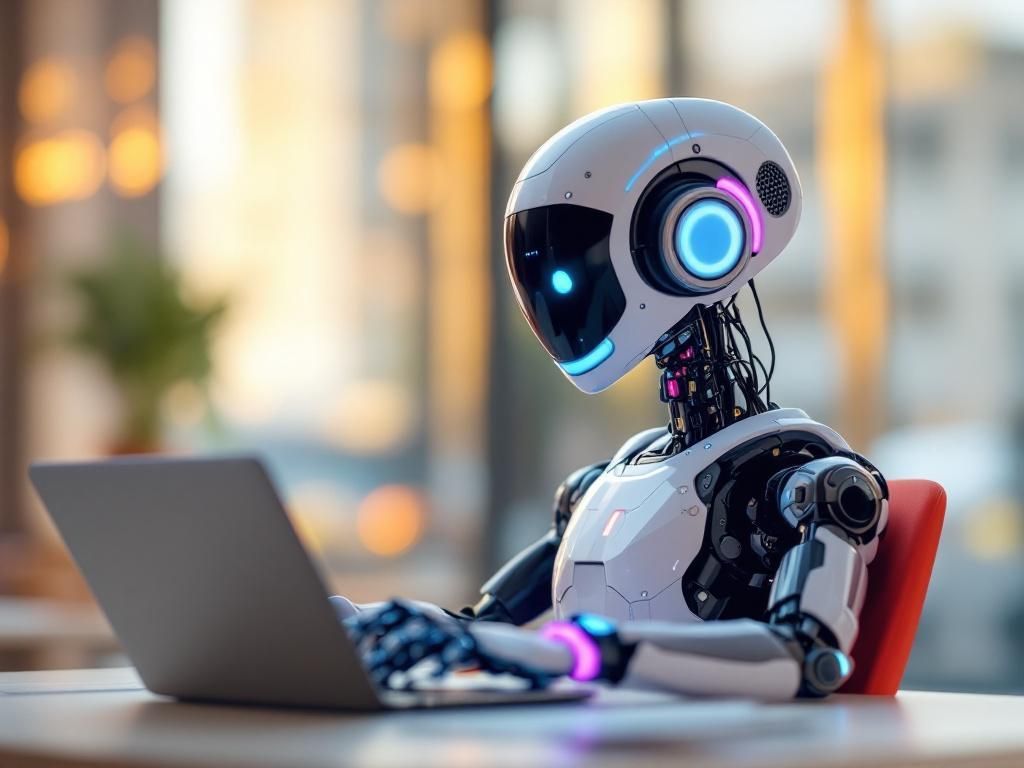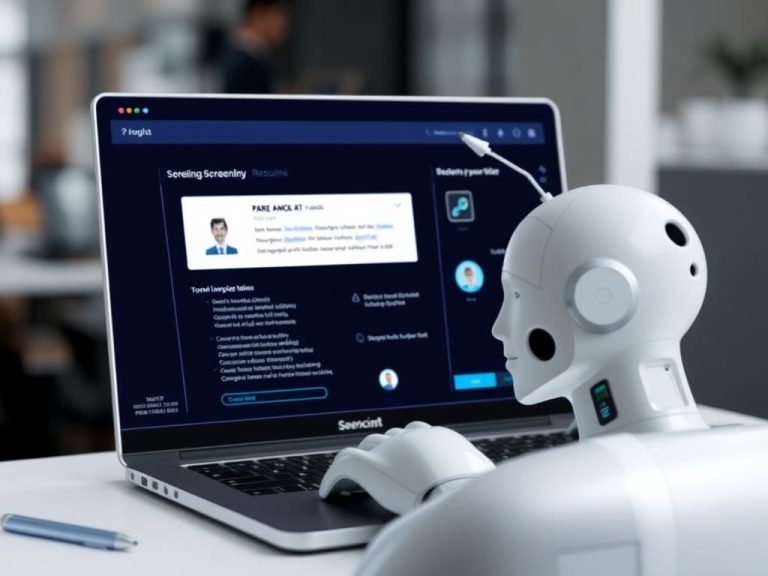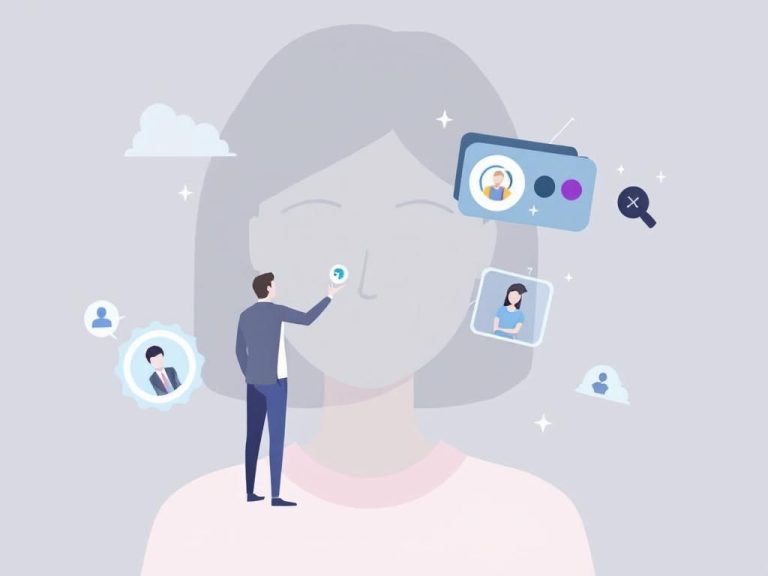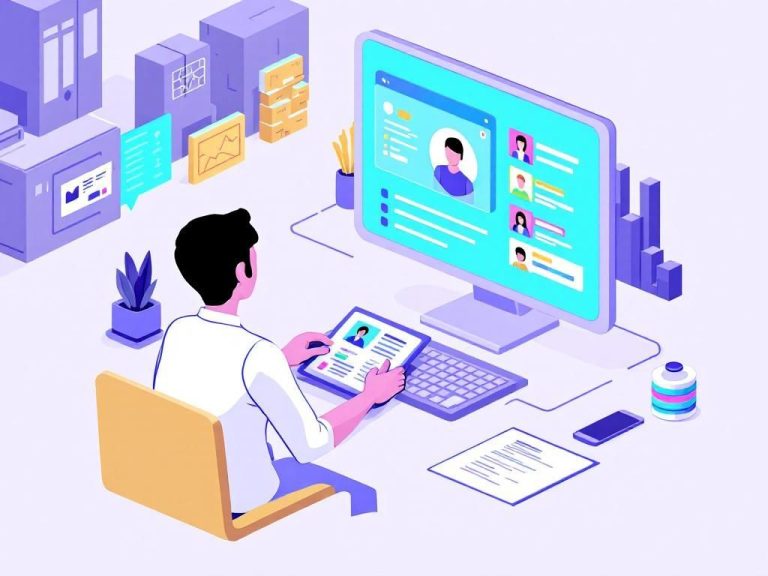The onboarding process is a critical phase in the employee lifecycle, significantly influencing how new hires perceive their roles and the organization. With the rise of artificial intelligence (AI), Human Resources (HR) departments are increasingly leveraging various AI tools to streamline onboarding, enhance the experience for new employees, and improve overall efficiency. This article explores some of the most effective AI tools currently available for HR onboarding.
Understanding AI in HR
Artificial intelligence in HR encompasses a variety of technologies designed to automate and improve HR processes. These tools can increase efficiency, reduce errors, and provide a more personalized experience for new hires. Here are a few areas where AI plays a crucial role:
- Data Management: Automating the collection and processing of employee data.
- Communication: Implementing chatbots for immediate responses to inquiries.
- Training: Personalizing training materials and tracking progress.
Key AI Tools for Onboarding
1. Chatbots for FAQ and Support
AI-driven chatbots have revolutionized how organizations provide support during the onboarding process. These chatbots can:
- Answer common questions about company policies, benefits, and procedures.
- Guide new hires through onboarding tasks and paperwork.
- Provide instant feedback and support, reducing the workload on HR staff.
Examples of popular chatbot platforms include:
| Tool | Features |
|---|---|
| Olive | Automated responses, 24/7 support |
| Hiretual | AI recruitment and onboarding support |
| Leena AI | Employee assistance and onboarding automation |
2. Automated Document Management
Managing paperwork is often one of the most tedious aspects of onboarding. AI tools can automate the processing of documents such as:
- Employment contracts
- Tax forms
- Confidentiality agreements
Tools like DocuSign and PandaDoc use AI to streamline document reviews and approvals, enabling faster processing times and reducing human error.
3. Personalized Learning Experiences
Another significant application of AI in onboarding is in creating personalized training programs. By analyzing the new hire’s background, skills, and learning preferences, AI can tailor the training content accordingly. Tools like:
- EdApp: Offers microlearning and personalized course paths.
- Docebo: Uses AI to suggest courses based on performance and interests.
These platforms help new employees become productive more quickly by aligning training with their specific needs.
Benefits of Using AI Tools
Integrating AI tools into the onboarding process offers several benefits:
Enhanced Efficiency
AI can automate repetitive tasks, allowing HR professionals to focus on strategic initiatives rather than administrative duties. This leads to quicker onboarding times and a more productive HR team.
Improved New Hire Experience
With personalized onboarding experiences and immediate support, new hires feel more welcomed and engaged. This can lead to higher job satisfaction and lower turnover rates.
Data-Driven Decision Making
AI analytics tools can provide insights into the onboarding process’s effectiveness, helping HR leaders identify areas for improvement and make data-driven decisions.
The Future of AI in HR Onboarding
As AI technology continues to evolve, its applications in HR onboarding are expected to become even more sophisticated. Future developments may include:
- Advanced predictive analytics to forecast employee performance and retention.
- Enhanced virtual reality (VR) onboarding experiences.
- Integration with other HR functions such as recruitment and performance management.
Implementing AI Tools: Best Practices
To effectively implement AI tools in the onboarding process, organizations should consider the following best practices:
1. Identify Key Pain Points
Before selecting AI tools, conduct a thorough analysis of your current onboarding process to identify specific challenges and inefficiencies. This will help you choose the right tools that address your needs.
2. Start Small
Implement AI tools in phases rather than a complete overhaul. Start with one or two tools, monitor their effectiveness, and gradually expand as necessary.
3. Train Your HR Team
Provide training for your HR team on how to use the new tools effectively. This ensures that they can leverage the technology to its fullest potential.
4. Gather Feedback
Collect feedback from new hires regarding their onboarding experience. Use this feedback to refine and improve the onboarding process continuously.
Conclusion
The integration of AI tools in HR onboarding processes is not just a trend; it’s a transformation that can lead to more efficient, engaging, and effective onboarding experiences. By utilizing these innovative technologies, organizations can enhance their HR practices and set new hires on a pathway to success from their very first day.
FAQ
What are the best AI tools for HR onboarding?
Some of the top AI tools for HR onboarding include Greenhouse, BambooHR, and Workday, which streamline the onboarding process through automation and enhanced user experiences.
How do AI tools improve the HR onboarding process?
AI tools improve HR onboarding by automating repetitive tasks, personalizing employee experiences, and providing data-driven insights to enhance decision-making.
Can AI tools help with employee training during onboarding?
Yes, AI tools can facilitate employee training by offering personalized learning paths, interactive modules, and tracking progress to ensure effective onboarding.
Are AI onboarding tools cost-effective for small businesses?
AI onboarding tools can be cost-effective for small businesses by reducing manual tasks, saving time, and improving employee retention rates.
What features should I look for in AI onboarding software?
Look for features like automation of paperwork, personalized onboarding experiences, integration with existing HR systems, and analytics for tracking onboarding effectiveness.
How do I choose the right AI onboarding tool for my company?
Consider factors like your company size, specific onboarding needs, budget, user reviews, and the level of customer support offered when choosing an AI onboarding tool.




